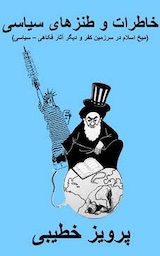The New Yorker:
In India, one of the world’s most polyglot countries, the government wants more than a billion people to embrace Hindi. One scholar thinks that would be a loss.
By Samanth Subramanian
In some Indian languages, the word for “language” is bhasha—the vowels long and warm, as in “car” or “tar.” It has a formal weight and a refined spirit. It comes to us from the classical heights of Sanskrit, and it evokes a language with a script and a literature, with newspapers and codified grammar and chauvinists and textbooks. But there is another word, boli. It, too, refers to language, but its more accurate meaning is “that which is spoken.” In its sense of the oral, it hints at colloquialisms, hybridity, and a demotic that belongs to the streets. The insinuation is that a bhasha is grander and more sophisticated than a boli. The language of language infects how we think about language.
For more than forty years, the distance between these two words has preoccupied the literary scholar Ganesh Devy. He knows precisely when it all began. In 1979, as he was completing his Ph.D. in English literature at Shivaji University, in the Indian city of Kolhapur, he found in the library a commentary on India’s censuses. The 1961 census had identified sixteen hundred and fifty-two “mother tongues”—many of them, like Betuli or Khawathlang, with speakers numbering in the single digits. But the 1971 census listed only a hundred and eight; the hundred-and-ninth entry was “all others.” That made Devy wonder: What had happened to the other fifteen-hundred-odd languages, the various boli deemed too unimportant to name? “The ‘all others’ intrigued me, then it bothered me, and then I got obsessed with it,” Devy said. “Literature is a product of language, so at some point I thought, When I know that so many other languages have been masked, do I not have any responsibility toward them?”
Go to link










Comments